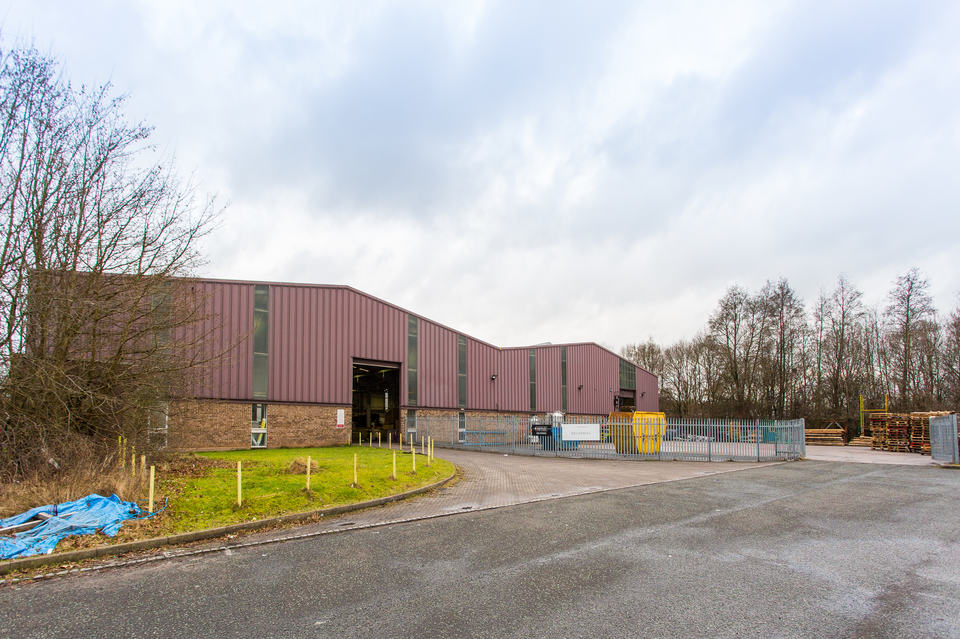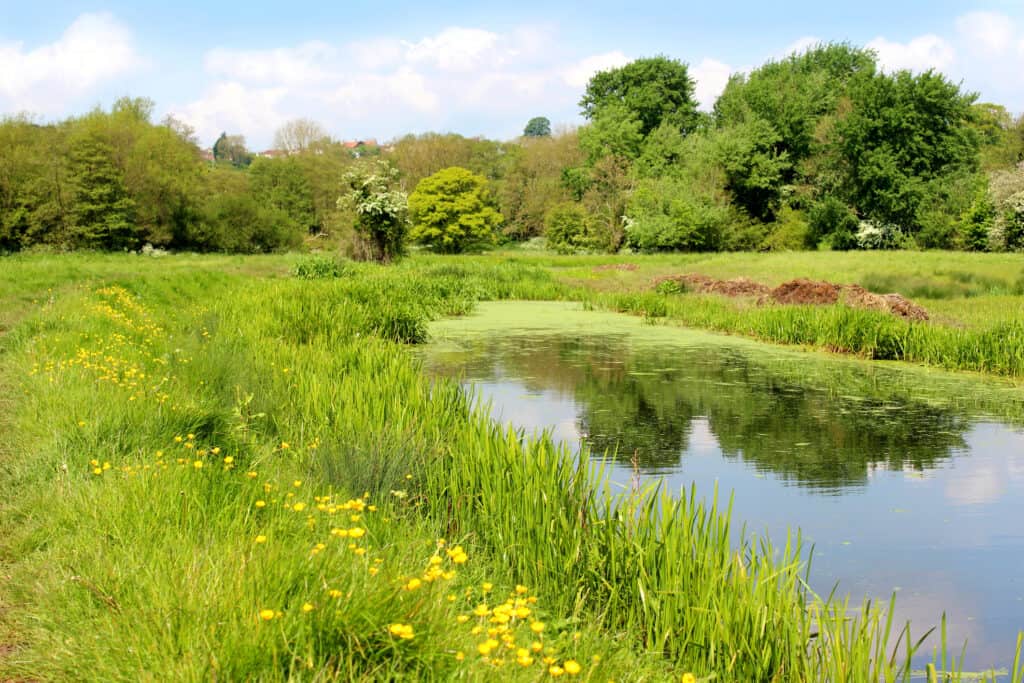The solution
We produced layout plans, construction details and model pipe networks; plus delivered drainage calculations and supplied flood risk assessments to meet stringent conditions set by the local planning authority, the water authority (Severn Trent) and the Environment Agency.
Although medical waste arrives at the site bagged and sealed, it’s crucial that, in the unlikely event of a leak, the storm drain isn’t contaminated by rainfall runoff from the processing plant’s service yards. We had to design a failsafe system which would keep clean surface water segregated from potentially polluted water.
In this way, we created a split system where rainwater falling on areas like the roof, where there was at no risk of contamination, could be discharged safely through the storm drains. But rainwater collecting in the service yard had was directed to the foul sewer due to the risk of contamination.
The second part of our brief was to devise a strategy in the event of a fire at the plant: how to retain and discharge the high volume of water that might typically accumulate after a two-hour firefight. The Environment Agency requires that no water from premises handling hazardous waste should leave the site or permeate the ground.
We therefore designed a system that effectively sealed off the site with six penstocks (sluice gates), ensuring that any contaminated water remains on site after a fire; allowing specialist tankers to take away the polluted water after the event.
The third task was to produce drawings to support Stericycle’s application to Severn Trent for a trade effluent consent, allowing for industry generated foul sewage. Our drainage network modelling addressed an existing concern from the local authority, that surface water ponding in a 1-in-100-years rainfall event might result in pooling of contaminated water in the service yards. The solution here was an attenuation system (underground stormwater storage tanks).







